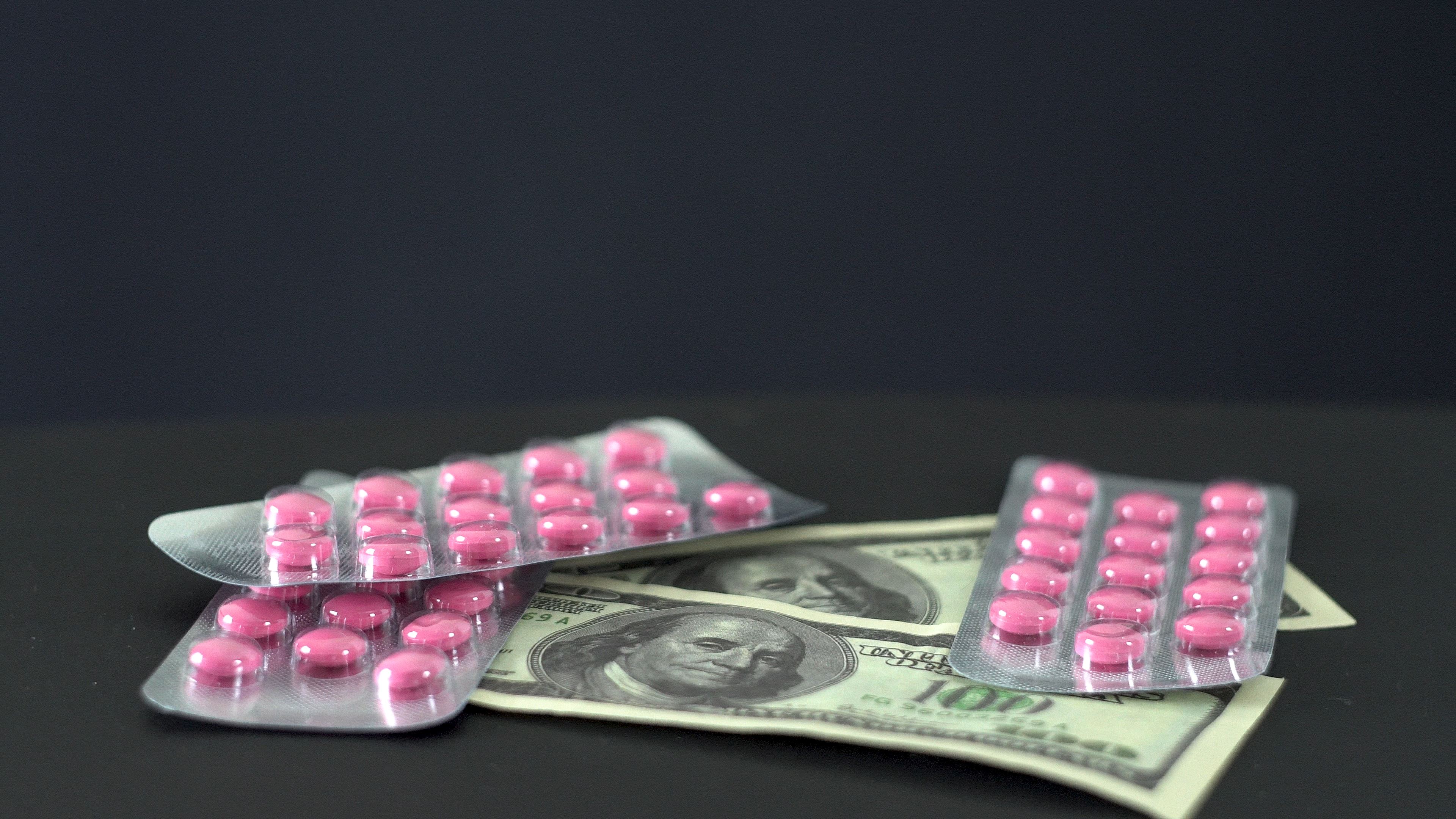When it comes to most consumer goods, the flashy new items are the ones that fetch the highest dollar. Meanwhile, the price of the ordinary, decades-old models without the latest bells and whistles tend to remain relatively flat and unchanged. As an example of this pattern, you can look no further than vacuums.
Unfortunately, outpatient drugs aren’t like vacuums.

In its most recent list of the 20 most expensive drugs in the U.S.A., GoodRx announced what could best be described as a bleak outlook on drug costs. The free aggregator of prescription prices and discounts to help consumers save on their drugs regularly publishes this top 20 list. Since its last publication in November, three different drugs saw price surges that vaulted them up the list.
A monthly supply for each drug on the ranking has an associated list price in excess of $25,000. While it’s important to clarify there is a stark difference between list price and what patients actually pay to receive the drug—thanks to health insurance benefits, which end up rising when the price of medicines rises—list price is still a good indicator to measure.
Remember our vacuum analogy?
It bears repeating that the GoodRx list doesn’t just comprise the life-saving and experimental drugs you might expect to see on a chart sorted by cost. In fact, this list was a classic mixture of drugs that treat rare disorders and established meds that address common conditions.
Let’s look at a few of the drugs on the list, and what better place to start than the top?
Patients take Horizon Pharma’s Actimmune for osteopetrosis and chronic granulomatous disease, a rare and tragic disorder that causes the immune system to malfunction. Taken three times a week, or about 12 doses per month, Actimmune retails for an astonishing $4,360 per vial. That equates to $53,322 per month, making it No. 1 on the list.
Another Horizon Pharma product on the list, Ravicti, received a 4.9% increase and now checks in on the list at No. 10 with a monthly list price of $33,572. This drug treats disorders of the blood that result in high levels of ammonia. If untreated, the development of these urea cycle disorders can lead to death.
Fortunately for the uninsured and income-strapped, Horizon Pharma does offer an assistance program that supplies both Actimmune and Ravicti at no cost.
The newest drug you’ll find on the top 20 comes in next at No. 11. Vitrakvi is a cancer drug intended for patients with a particular gene mutation that received approval in November. To remain compliant, patients will generally take 60 capsules per month, which equals a retail cost of $32,800. Like the Horizon Pharma drugs, Vitrakvi has an assistance program through Bayer that can wipe out the cost for patients using commercial insurance. Still, those patients end up paying higher insurance premiums as the cost of medicines rises.
The oldest drug you’ll find on the list and the 13th most expensive, Cuprimine, has been in existence since the 1970s. Patients use the Valeant-produced drug to remove copper buildup caused by Wilson’s Disease. However, proper compliance means they must take one capsule after every meal—which means monthly list prices can exceed $30,000.
In addition to the assistance programs mentioned, there is one other bit of good news. Two recent inclusions on the list, Harvoni and Zavesca, have fallen off after manufacturers introduced generic versions.
Though it’s hard to measure the specific impact of these rates—since insurance generally works to insulate patients from paying prices this high—we do know that the cost of lifesaving drugs is now outpacing inflation in this country. We also know the high retail cost of drugs does have an direct effect on patients since inflated drug costs result in higher insurance premiums.
Have the sky-high costs of healthcare in our state impacted you and/or your family’s lives? Do you want to do something about it? Join the Coalition now to receive updates about new legislation and policies that will affect YOUR healthcare. Sign up now!

.jpeg)




.jpeg)

